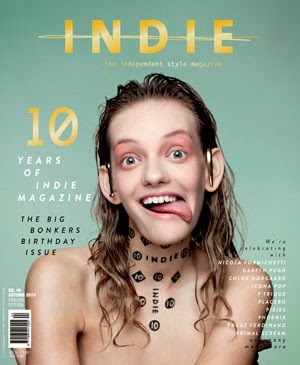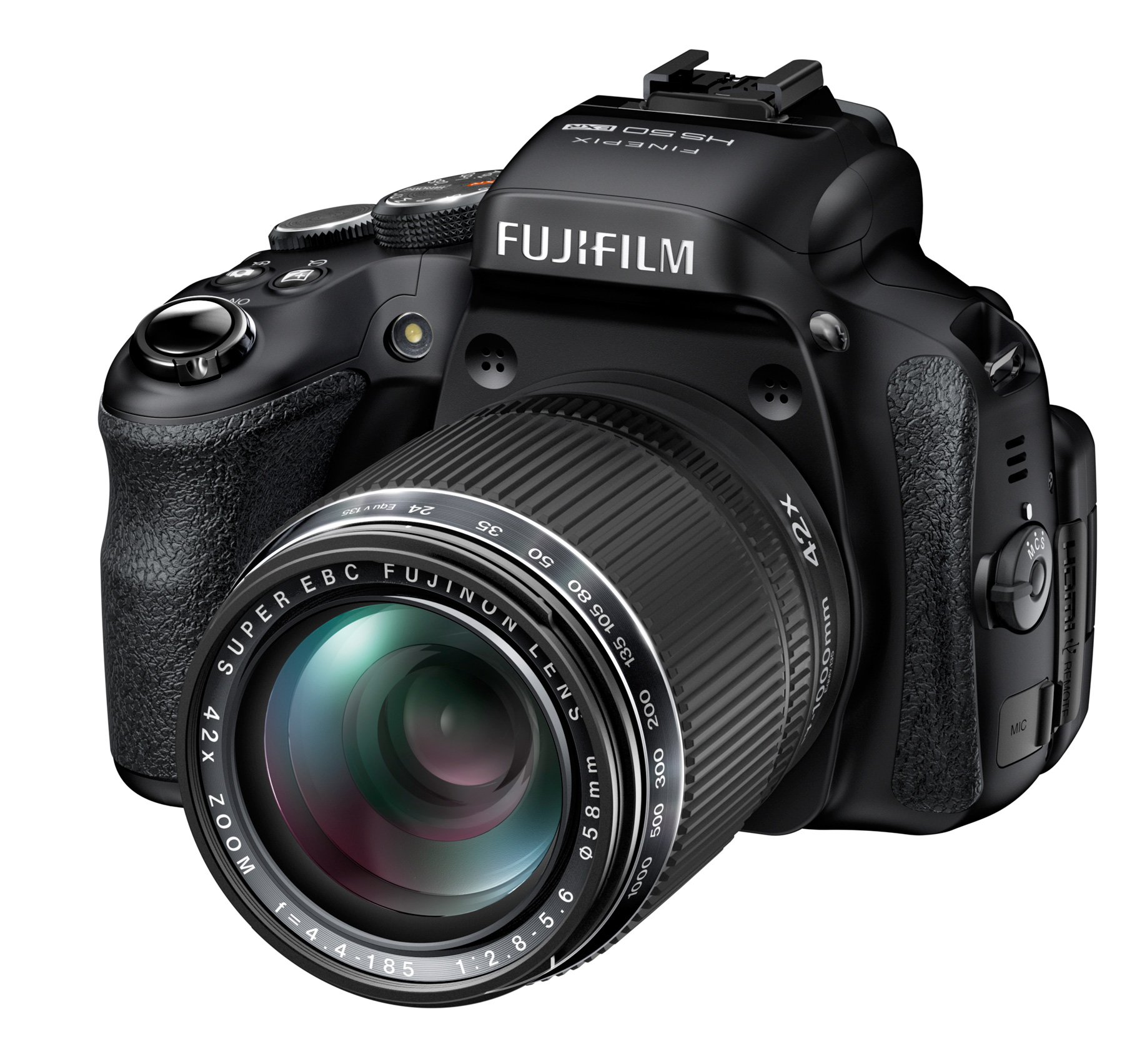Both of these music magazine front covers inspired me in order to create my final piece. Q music magazine cover most genres of music including indie pop, which I why I could relate to this. I prefer how the Q magazine has lots of features on it which makes it look very busy, allowing the reader to become occupied throughout the magazine. On the other hand, the music magazine INDIE is very minimal, which creates that vintage look and portrays the genre very well. I also like how both magazine have used a house style to keep the magazine structures and well presented. For example, Q have used red white & black, whereas 'indie' have used yellow, green and black & white.
Although, I dislike how the masthead does not contast with the background and instead blends in, this does not make the mashead stand out in order to gain the readers attention. Therefore I will combine the different features from both music magazines to fullfill the readers satisfaction, by having the very vintage and retro look but by also having many features such as a bold masthead, sell lines, images and many more to create the right indie rock music magazine that will be best suited for my target audience.

I had a go at creating an indie pop music magazine using a well known artist in the genre such as Ellie Goulding. The image is almost a full length shot just cutting off the bottom part of her leg and feet. Ellie Goulding is a huge well known international artist, and has had many song releases in the charts. She is also an artist everyone will recognise as soon as they look at the front cover. I have got the image just above the model as the word is too short to place behind the models head, however if I made the mast head bigger this may have been able to work. One thing I would alter or add if I did it again would be inserting smaller images next to the text. These will help draw the readers attention to that certain part of the front cover which would then make them want to read more about the article and make them engage more. I have also used different sized fonts. The bigger the font the more attention that certain section of information is going to get. For example "Ellie Goulding Exclusive Interview" is in a big font which engages the reader, therefore, they will read further. The masthead is also in a big, bold, sans serif font at the top, this is there as it will be one of the first things the reader looks a. I have also used colours that contrast with the background, so white's and reds against the dull background to make it stand out.
I also created this music magazine front cover on publisher as I found this was a really easy yet effective way of creating a quick mock up. I started off with a plain, almost full length photo of Ellie Goulding with lots of free space around her to add short snippets and the masthead. I added the masthead in a sans serif, white font that contrasts with the background to make it stand out more. Lastly, I added the short snippets of information around the sides of the main image to finish my front cover.
Audience Feedback
Since this is just a mock up of what my actual music magazine front cover will look like, I thought I would make a questionnaire to help me get an idea of the different sections I need to focus and improve on to succeed in fulfilling my target audiences needs.
Leah Davis (aged 17):
1. What genre would you say this music magazine is?
Indie pop
2. What do you like about it?
How there is a noticeable colour scheme which makes the magazine seem professional and organised.
3. What would you change about it?
Perhaps putting the mast head behind the model instead of above her.
Gemma Vhaughn (aged 16):
1. What genre would you say this music magazine is?
Pop/ Indie pop
2. What do you like about it?
I like how the text on the magazine positioned around the model so it fits in nicely.
3. What would you change about it?
Maybe place the model on a white background so that the text can stand out more clear.
Anna Lee (aged 17):
1. What genre would you say this music magazine is?
Indie Pop
2. What do you like about it?
I like how it's all set out and the way the more alluring snippets of information are in a bright red white professional looking sans serif font. I also like how the definition of the mast title has been placed directly opposite underneath the model.
3. What would you change about it?
Nothing.
Overall, once I have taken my final photos, I will proceed to make my music magazine front cover including the feedback I have gotten from my target audience to fulfil majority of my target audience's needs.




























